All products featured are independently chosen by us. However, SoundGuys may receive a commission on orders placed through its retail links. See our ethics statement.
Apple AirPods (2nd generation) vs Samsung Galaxy Buds Pro
October 16, 2022
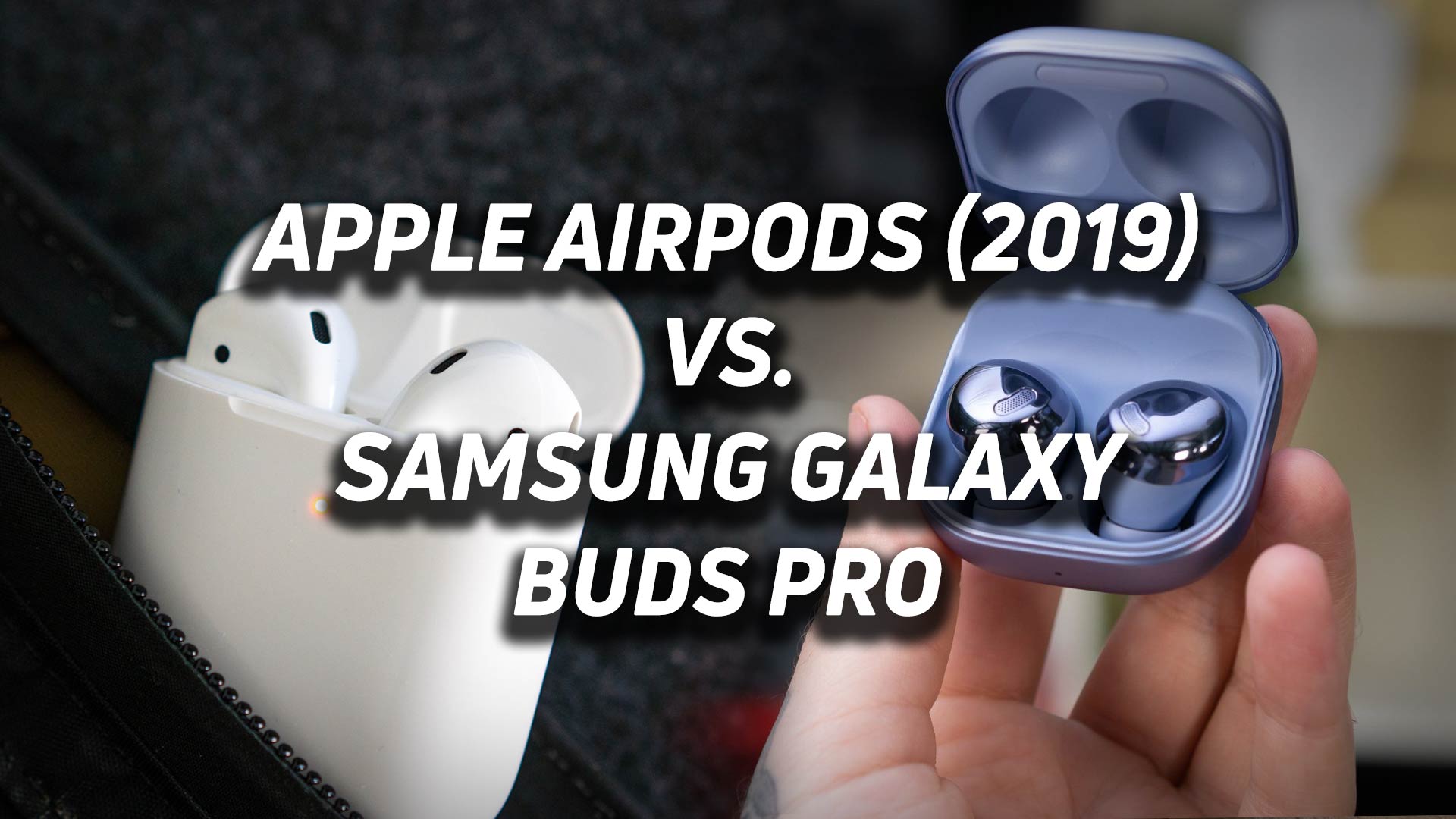
Apple and Samsung’s rivalry grows stronger by the day and both companies strongly influence the wearable tech market. No, we’re not talking about smartwatches. Instead, we want to see which pair of true wireless earbuds is better, the Apple AirPods (2nd generation) or Samsung Galaxy Buds Pro. Both headsets are convenient to use so long as you pair them with the right hardware. Let’s dig in and see which is the better choice for you.
Editor’s note: this article was updated on October 16, 2022, to answer frequently asked questions about the Apple AirPods Pro (2nd generation) and Samsung Galaxy Buds 2 Pro.
Apple AirPods (2nd generation) vs Samsung Galaxy Buds Pro: Fit and hardware
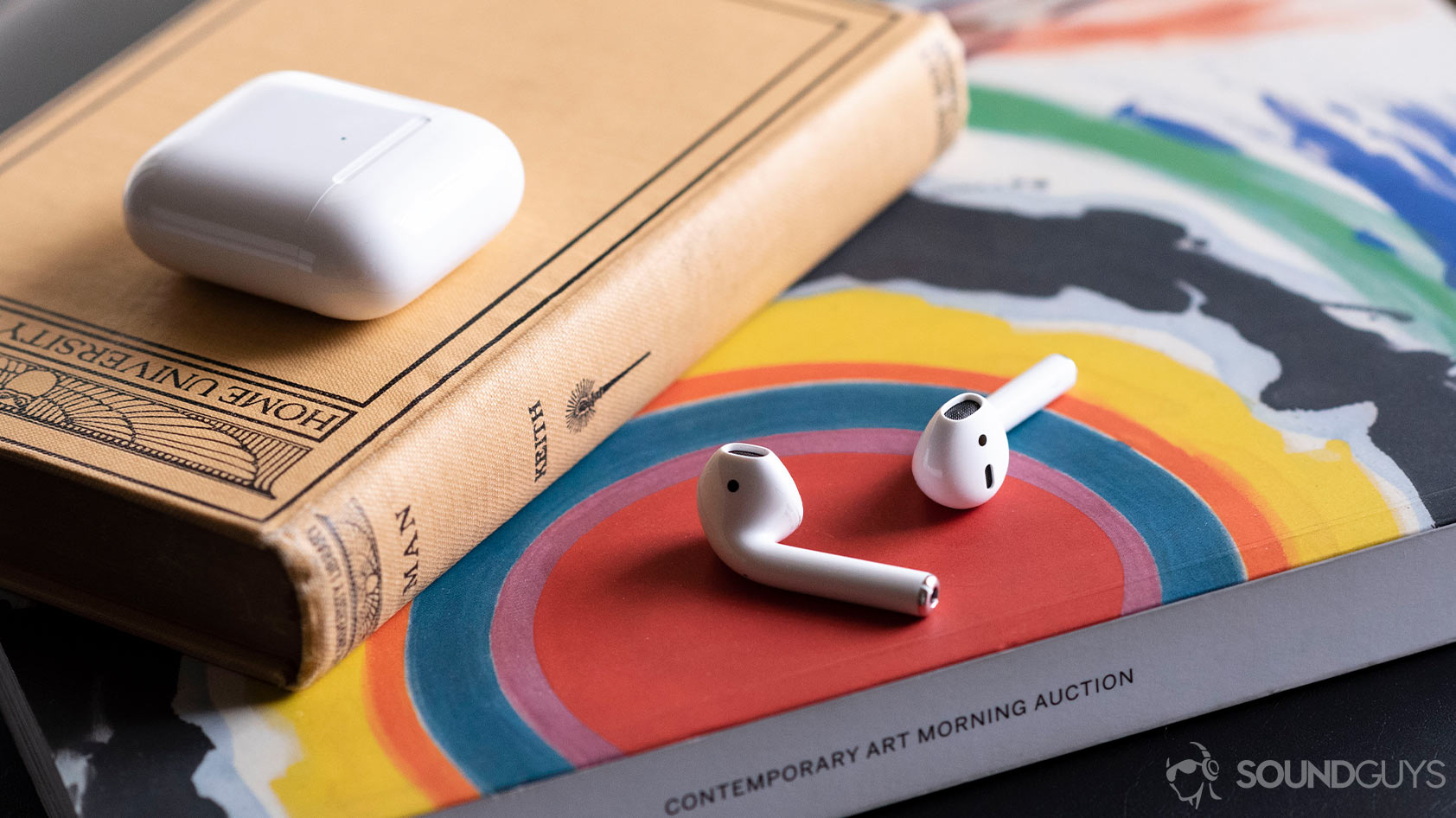
The Apple AirPods (2nd generation) (2019) looks identical to the original AirPods with their slender stems and hard, open-fit ear tips. The clean design looks great, but it isn’t the most secure: many listeners, our staff included, report a poor fit with the AirPods. The earbuds either jostle around too much or fall out completely. If you’re one of the lucky ones whose ears cradle the AirPods just right, you still hear everything going on around you (which can be a feature or drawback, depending on how you spin it).
The untextured stems are touch-sensitive, and you can control playback and field incoming calls through a combination of taps. Each earbud houses a sensor for automatic ear detection, which automatically pauses or resumes playback when you remove or insert an earbud (iOS only). Apple’s famed earbuds don’t have an IP rating, so the warranty doesn’t cover water damage.
Apple’s charging case matches the AirPods perfectly, with a glossy finish that adds a bit of interest to an otherwise unremarkable white plastic. A Lightning input rests at the bottom of the case and if you want to pay an extra $40, you can get the AirPods bundle with a wireless charging case. The AirPods case is unmarked save for the LED indicator below the seam, and the lid and body are held together via internal magnets.
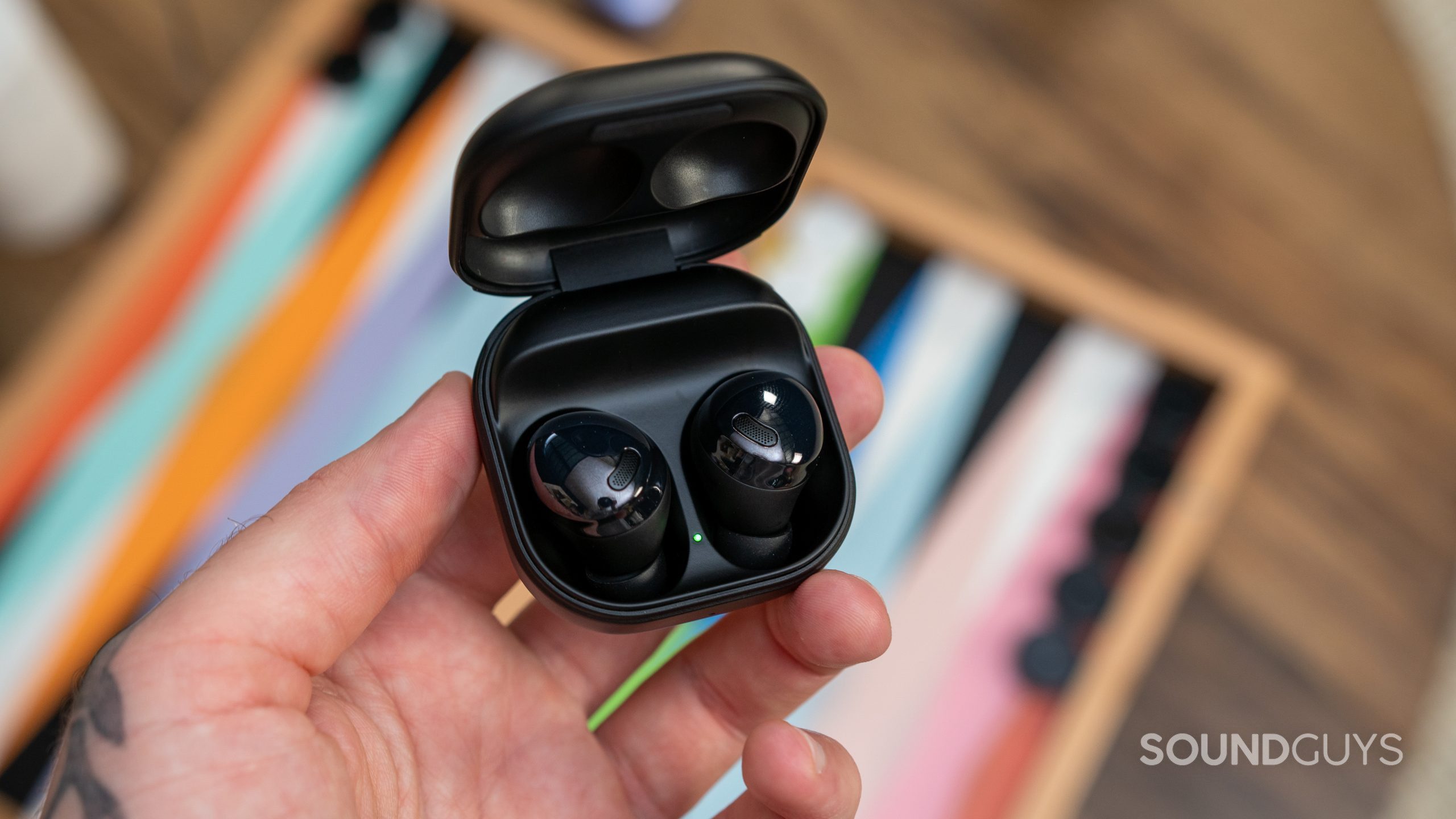
The Galaxy Buds Pro makes more of a splash, with an interchangeable silicone ear tip design in three colorways to choose from: white, black, and violet. Like the Samsung Galaxy Buds Plus before them, the Galaxy Buds Pro are extremely comfortable to wear for hours at a time. The Galaxy Buds Pro feature noise canceling, but to avoid inner-ear discomfort, Samsung included a pressure-relief vent on each earbud.
You control the Galaxy Buds Pro from either earbud’s reflective touch panel, and the touch sensitivity here is much higher than with the AirPods. This is a bit annoying as it results in many false-positive taps, though you may disable this from the mobile app. Samsung decked the Galaxy Buds Pro out with a host of advanced sensors that includes an accelerometer, gyro, hall, touch, and voice pickup unit (VPU). The buds automatically pause music when you remove them, and this works regardless of your OS.
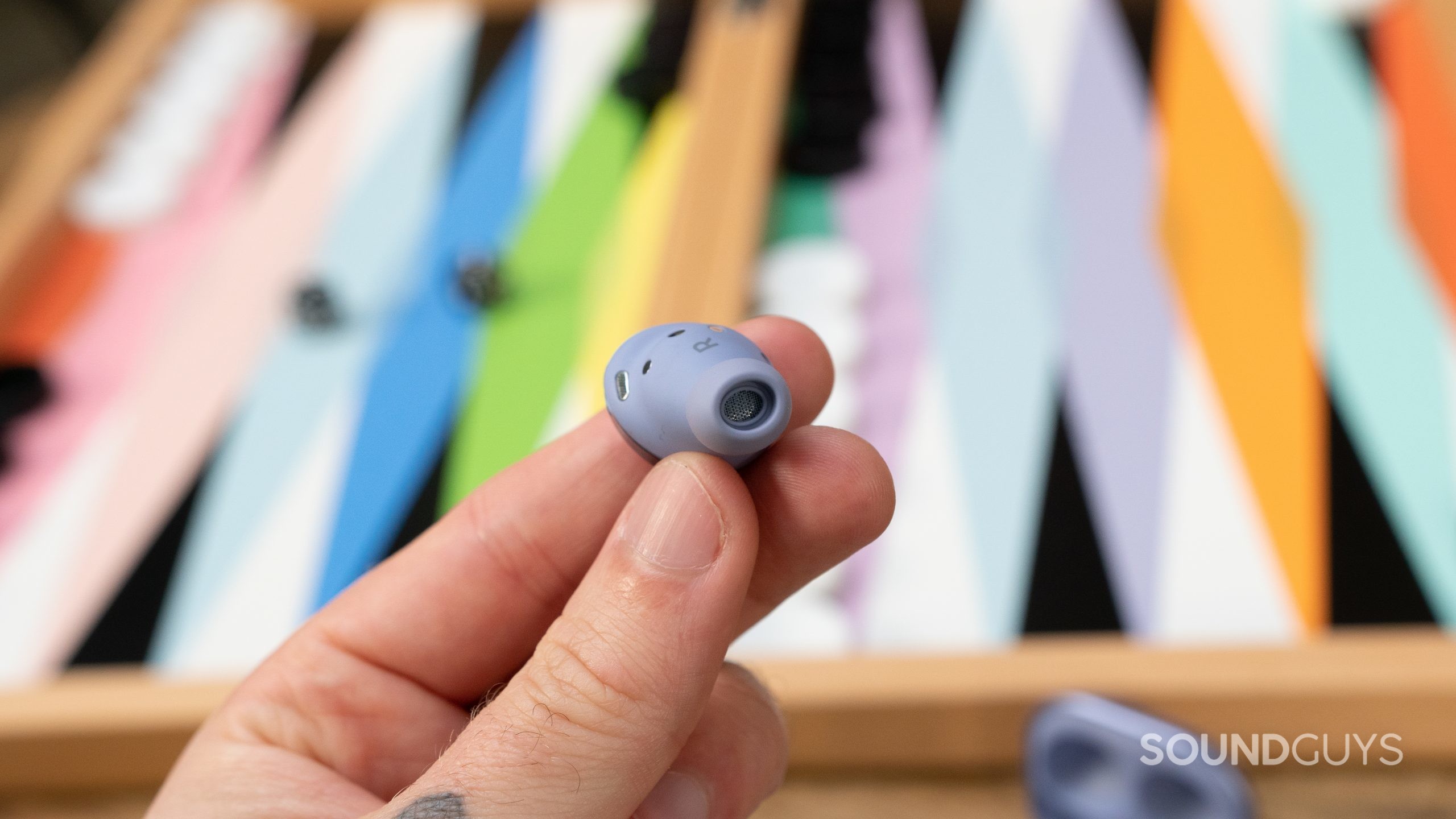
Samsung’s earbuds are much more durable than Apple’s, as shown by the IPX7 rating. You can submerge the Galaxy Buds Pro for up to 30 minutes at a time without damaging them, though we don’t recommend doing so just for the thrill of it. Even still, the IP rating makes these a great pair of workout earbuds. The clamshell charging case features a USB-C input and supports wireless charging to boot.
Does the AirPods or Galaxy Buds Pro support more Bluetooth codecs?
The Apple AirPods (2nd generation) and Samsung Galaxy Buds Pro both use Bluetooth 5.0, but where the headsets diverge is Bluetooth codec support. The AirPods supports just the SBC and AAC Bluetooth codecs, while the Galaxy Buds Pro supports SBC, AAC, and the Samsung Scalable Codec. The proprietary codec works similarly to aptX Adaptive and makes constant adjustments to optimize audio and connection quality; it only works with Samsung hardware.
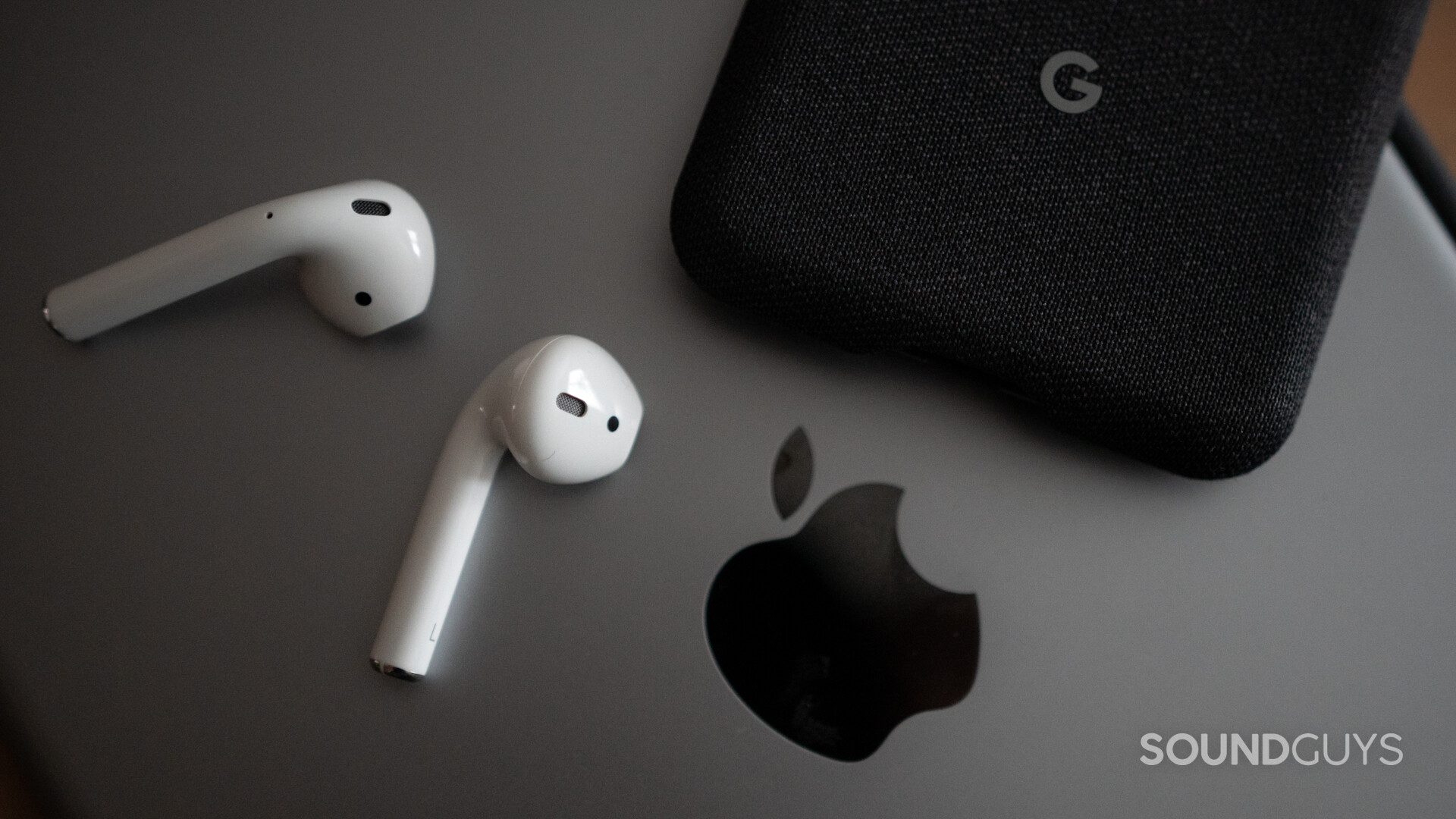
The lack of aptX support means that neither pair of earbuds is particularly great for Android phones across the board. It’s no secret that the Android OS struggles to efficiently encode the AAC Bluetooth codec. Some Android phones perform perfectly fine when they stream audio over AAC, while others fall very, very short of high quality. If you want the best sound quality for your non-Samsung Android phone, you’re better off considering a pair of earbuds like the Sennheiser MOMENTUM True Wireless 2 or any one of our favorite aptX headphones.
You won’t get Bluetooth multipoint support from either pair of earbuds, but both feature automatic device switching (again, limited to their respective hardware). The Galaxy Buds Pro can automatically switch between Samsung Galaxy source devices, so long as they’re logged into the same Samsung account. The AirPods are able to perform the same function across Apple devices associated with the same Apple ID.
Samsung and Apple limit software features to their smartphones
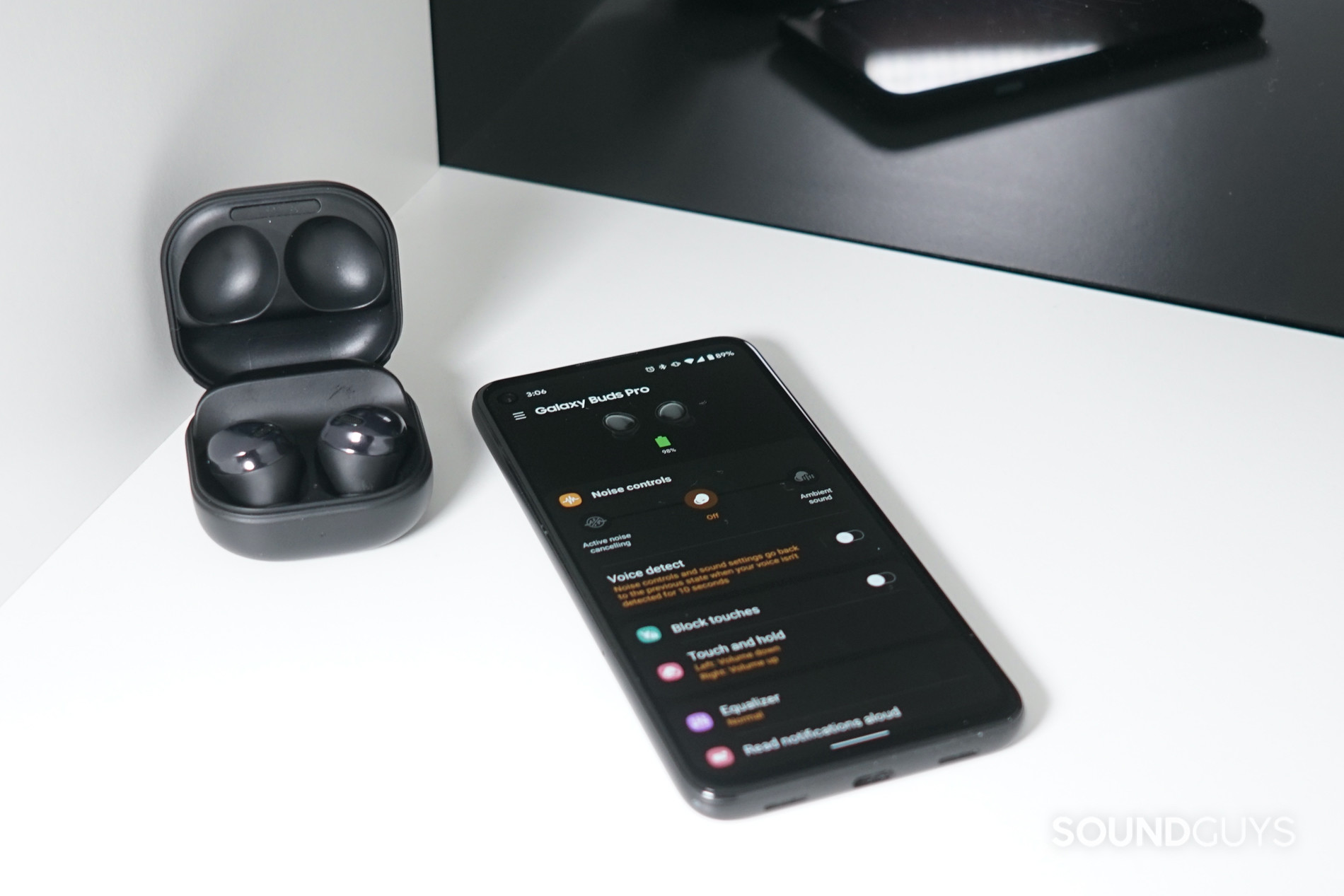
As ever, Apple’s contentious walled garden keeps its software goodies for the fans, leaving just the basics for those who don’t own Apple products, and Samsung follows suit. The Galaxy Wearable app is limited to Android OS, and a handful of important features are further limited to Samsung hardware. Yes, iOS has the Samsung Galaxy Buds app but it doesn’t support the Galaxy Buds Pro. A software update may fix this though.
The Galaxy Wearable app lets you cycle through noise modes (ANC intensity or ambient passthrough), toggle and customize touch controls, select from EQ presets, and more. The Galaxy Buds Pro is the first Samsung Galaxy Buds to support Samsung 360 Audio, which is an audio standard that takes head tracking and verticality into account when processing audio. Its functionality is limited to Samsung Galaxy devices and Dolby Atmos content.
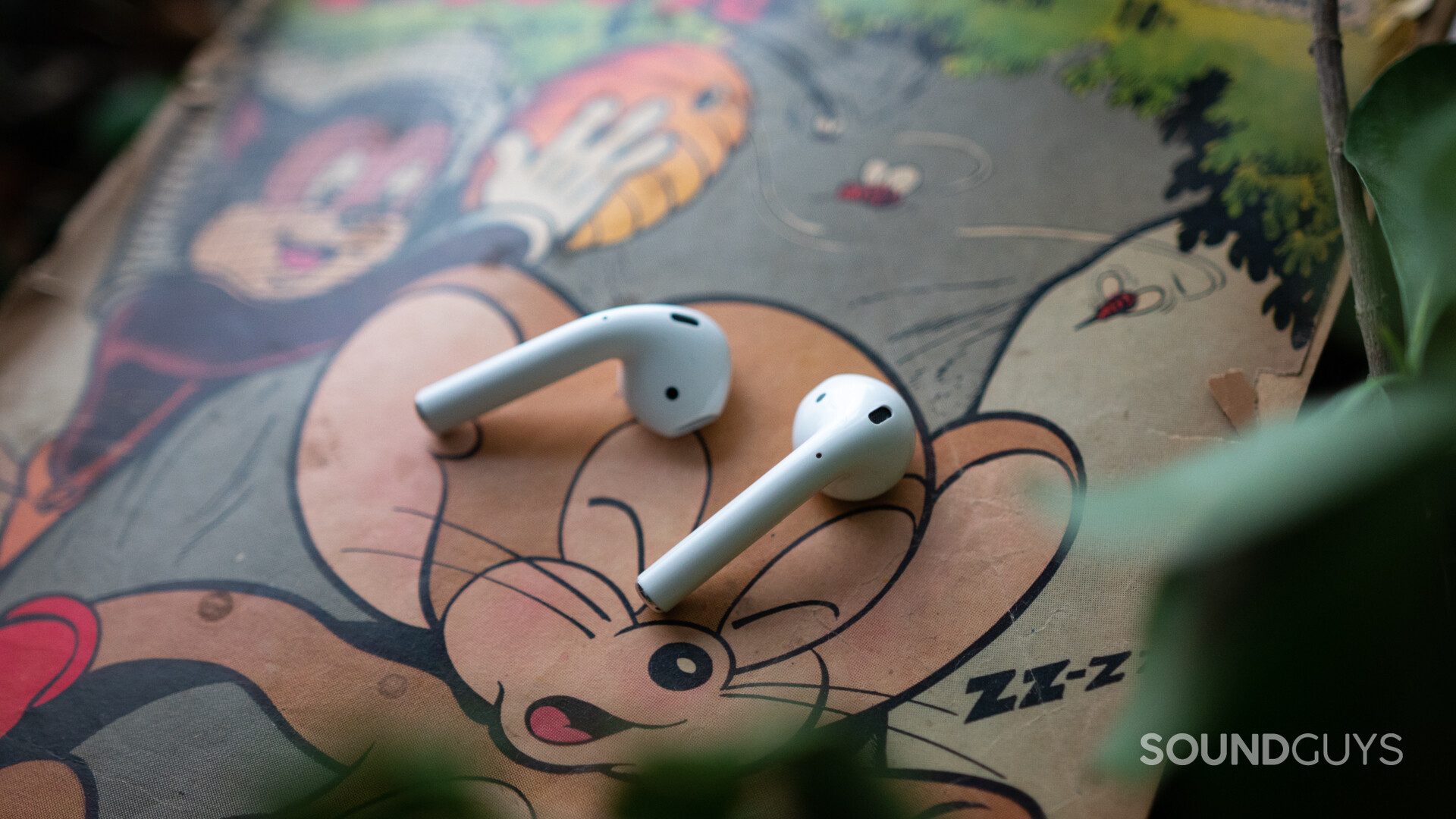
The Apple AirPods (2nd generation) doesn’t have a dedicated app; instead, you must open the iOS Settings app, navigate to the Bluetooth menu, and select the AirPods to access various toggles. From there you can disable or customize the double-tap command for either earbud. Other than that, you can change the name of your AirPods, adjust automatic ear detection, and select the right or left earbud’s mic for calls—or let the AirPods choose automatically.
Unfortunately, both sets of earbuds limit firmware update access to certain operating systems. You can only update the Galaxy Buds Pro firmware from an Android device, and for the Apple AirPods (2nd generation), you need an Apple device. This limitation alone may be enough to push you to one pair of earbuds or the other.
Does the AirPods or Samsung Galaxy Buds Pro have better battery life?
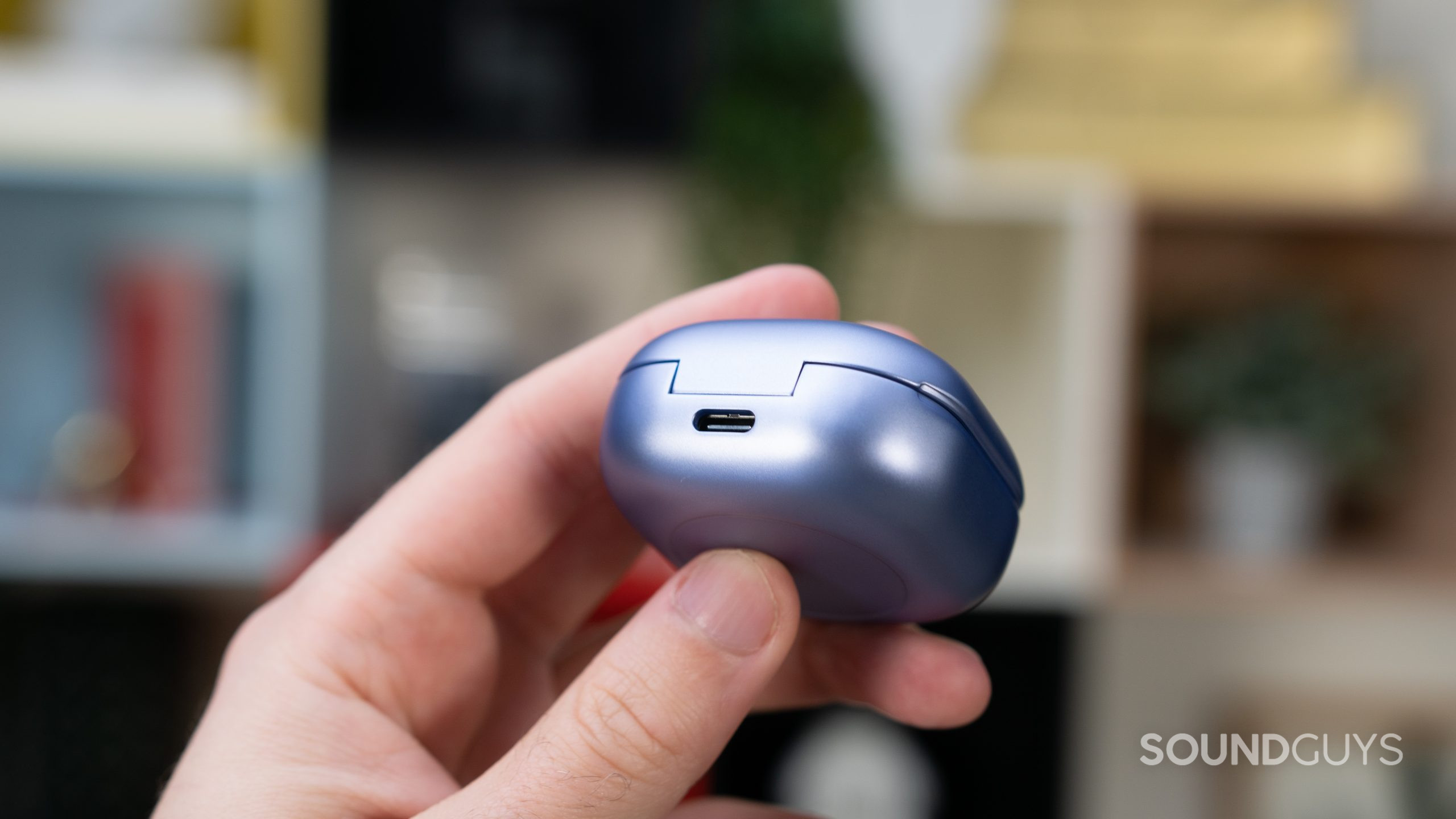
The Apple AirPods (2nd generation) last 4 hours, 7 minutes on a single charge (when streaming over AAC from an iPhone X), which falls short of the Samsung Galaxy Buds Pro’s battery life of 4 hours, 48 minutes with ANC on. The AirPods last a shorter duration when you connect them to an Android device; we recorded just 3 hours, 29 minutes of playtime under these conditions. To get these battery measurements, we subjected both headsets to a constant 75dB output until the batteries depleted. It’s pretty clear that the Galaxy Buds Pro is the winner for battery life.
Apple’s charging case comes in two flavors, wired and wireless. The former charges via Lightning cable only, while the latter supports both Lightning and wireless charging—though you have to cough up a bit more for the extra functionality. Regardless of which variant you choose, the case provides up to an extra 19 hours of playtime. It’s also capable of fast charging the AirPods: 15 minutes in the case provides 180 minutes of playback.
The Galaxy Buds Pro case supports wireless charging by default, but you have to pay extra for that feature with the AirPods.
The Samsung Galaxy Buds Pro case supports USB-C and wireless charging by default. You can even place the case on top of a Samsung Galaxy device and charge it that way, thanks to Wireless PowerShare. The squared off case supplies an additional 13 hours of playtime and fast charges the Galaxy Buds Pro: 10 minutes in the case yields 85 minutes of playtime.
AirPods vs Galaxy Buds Pro: Would you rather hear it all, or hear nothing?
The Apple AirPods (2nd generation) use an open-fit design and doesn’t seal to the ear, meaning you hear virtually everything going on around you. This isn’t great for sound quality, but it’s important if you live in a city and want to remain aware of your surroundings at all times. This design means the AirPods passive isolation is nonexistent, so if you want a pair of earbuds that quiet the world around you, get the Samsung Galaxy Buds Pro.
When you turn the Galaxy Buds Pro ANC to its highest level, you benefit from low-frequency attenuation which is ideal for daily commutes and flights. Noise canceling technology shines brightest when it combats low, predictable sounds, but it can’t effectively hush incidental noises (sounds higher than 1kHz)—that’s where passive isolation comes into play. Since the Galaxy Buds Pro seal to the ear canals, they effectively quiet syncopated sounds like nearby conversations and the clang of dishware.
Does the Samsung Galaxy Buds Pro sound better than the AirPods?
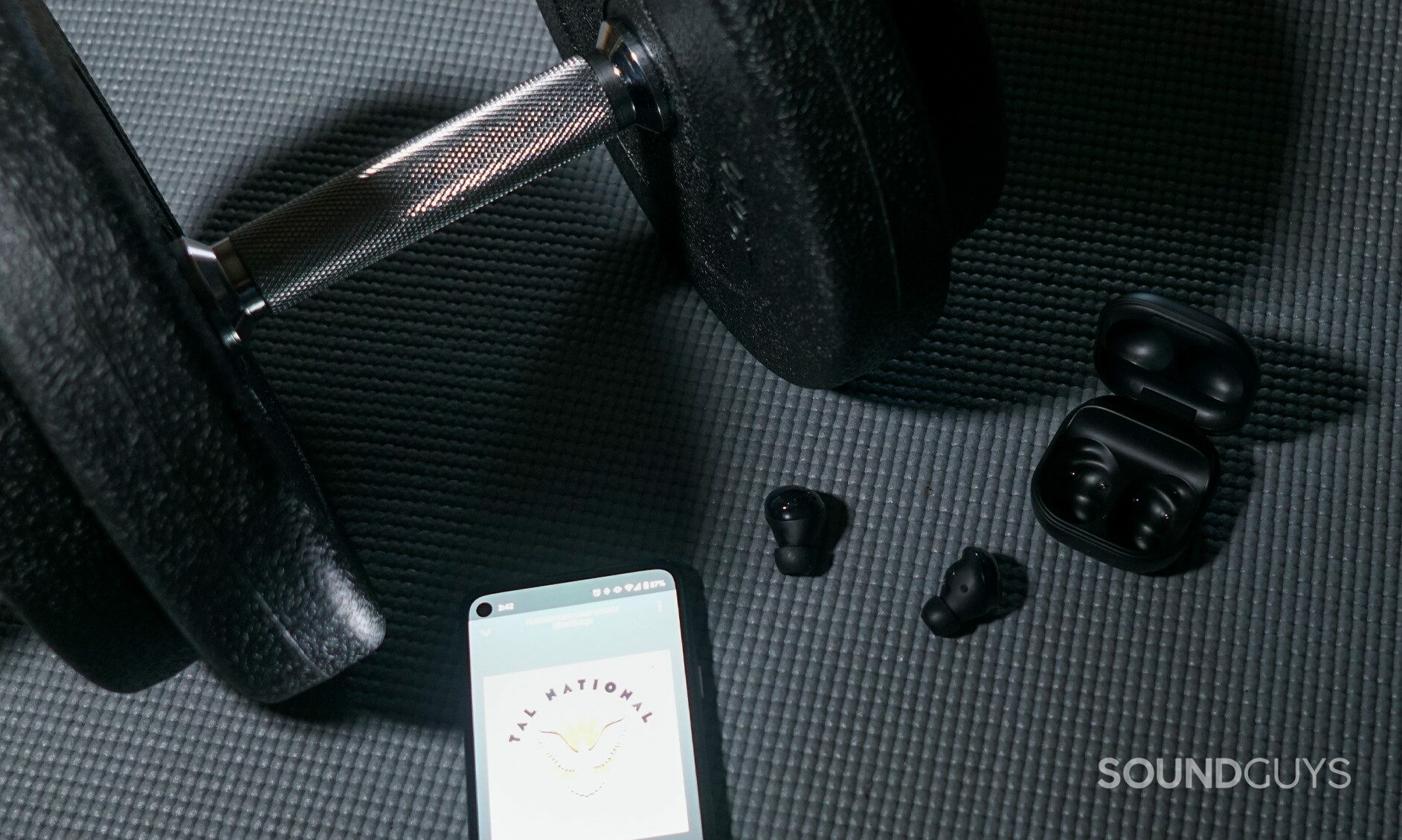
The Samsung Galaxy Buds Pro boasts a more accurate frequency response than the AirPods, which makes nearly all genres of music sound close to how the audio engineers intended.
The Galaxy Buds Pro amplifies sub-bass notes just enough to add some oomph to your favorite tracks without letting auditory masking run amok. Meanwhile, the earbuds accurately reproduce frequencies from about 100-1000Hz, which is the most important range for music. Don’t worry too much about the 10kHz emphasis: that just makes it easier for you to perceive really high-pitched harmonics.
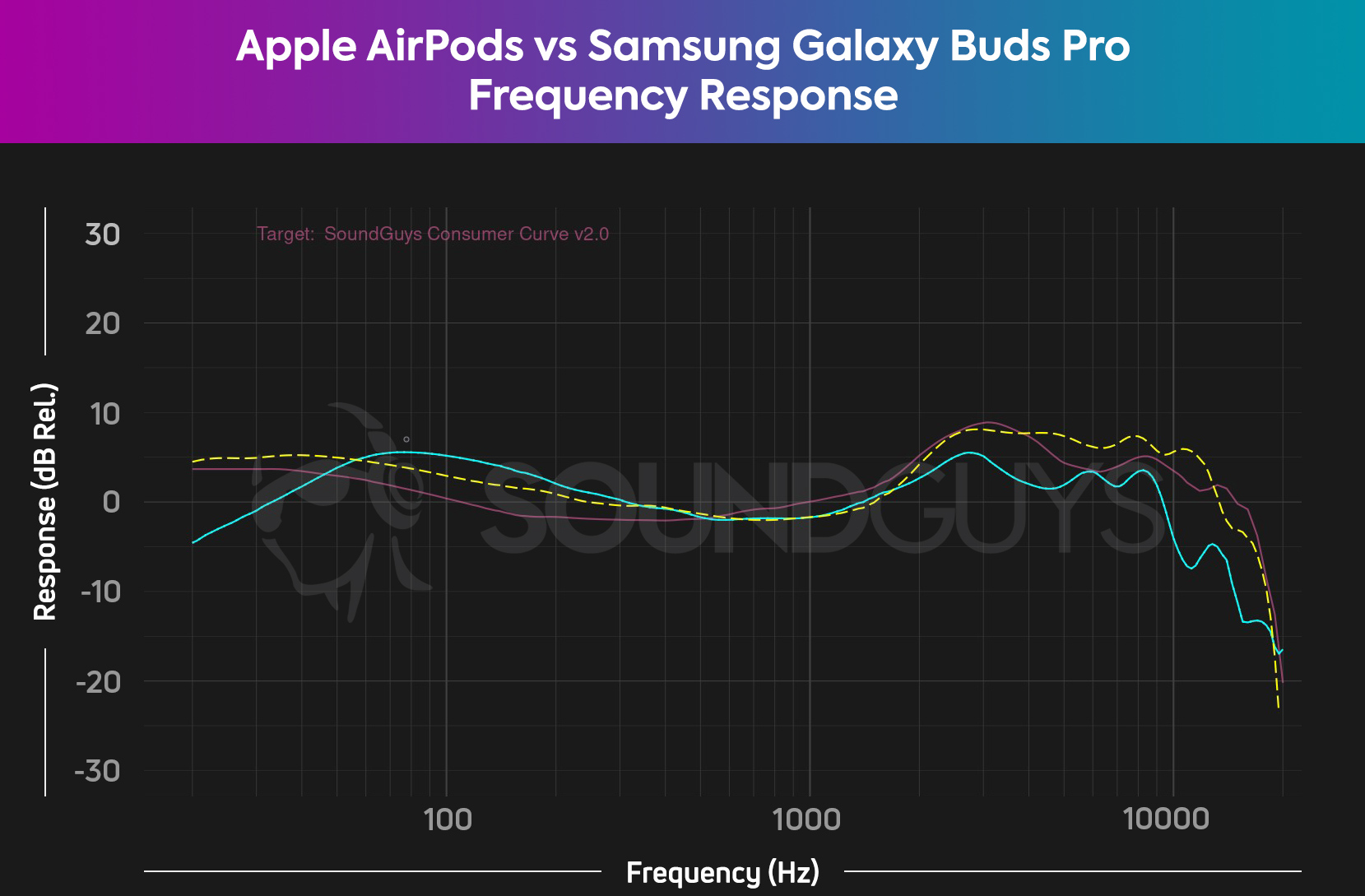
The Apple AirPods (2nd generation) amplify a wider range of bass and midrange notes which yields a less accurate sound profile. While this isn’t objectively appealing, it is necessary to counteract the open-fit design. An unsealed but semi-occluded ear canal can still register external sounds like the din of a train car, which can mask detail from your music. Bass notes are immediately affected by external masking, hence why Apple tuned them to sound twice as loud as certain midrange frequencies. In the real world, you’re unlikely to register the bass notes from the AirPods as loud as the chart may suggest, but in a quiet environment, you’re bound to notice the bass is a bit much, and instrumental detail is hard to hear.
If you have an Android phone, you can select from a menu of preset EQ profiles from the Galaxy Wearable app, but Apple keeps you locked into the default sound signature with the AirPods. You don’t even get the benefits of Adaptive EQ which both the AirPods Pro (2nd generation) and Apple AirPods Max support.
Should you use the AirPods or Samsung Galaxy Buds Pro for phone calls?
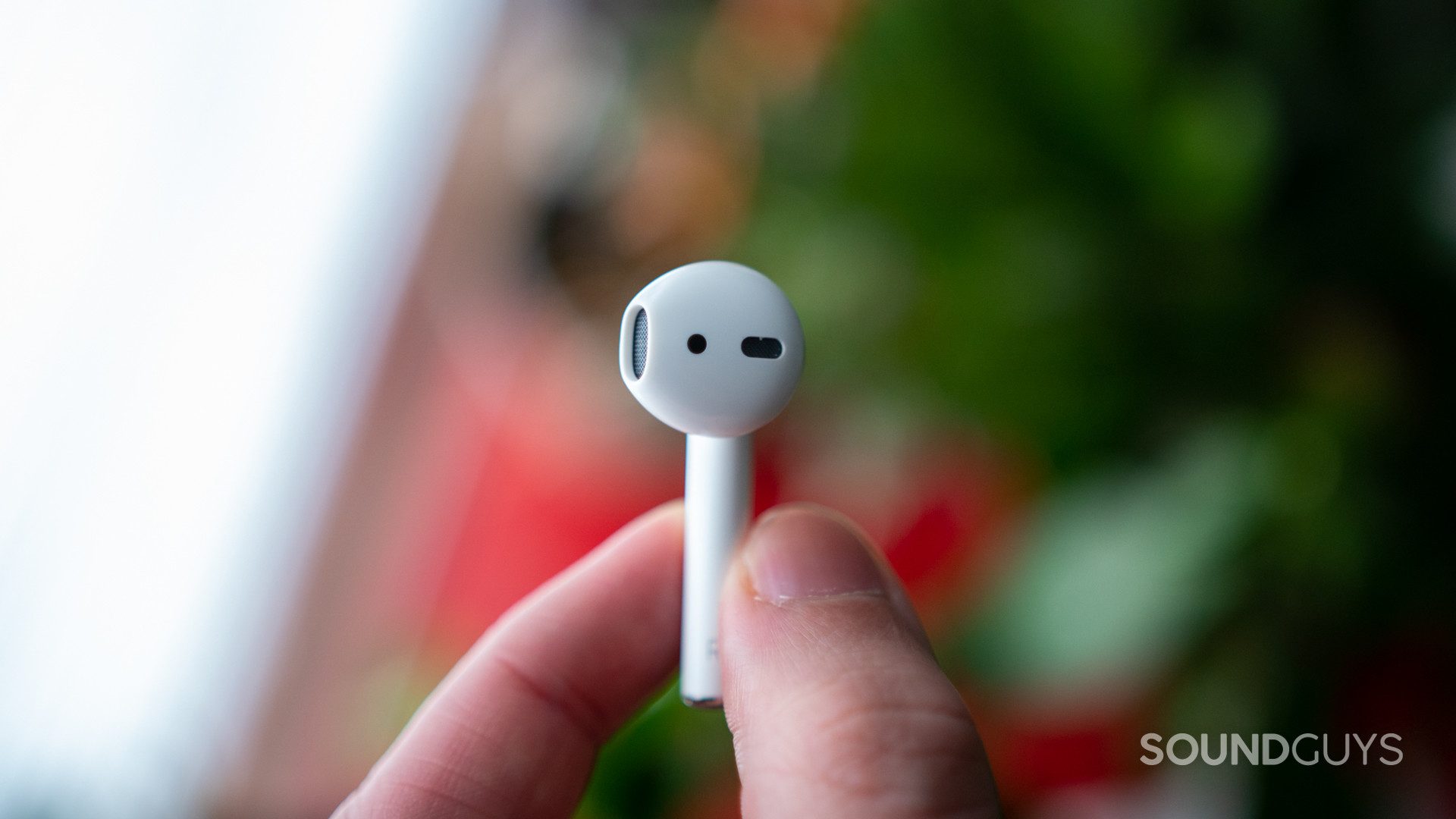
Samsung spared no effort in engineering the Galaxy Buds Pro microphone array. The advanced hardware effectively cancels out background noise and reduces wind noise, a benefit of the mesh hardware that covers the mic internals.
The Apple AirPods (2nd generation) microphone system is perfectly fine, but it’s showing its age. When you speak with the AirPods, friends on the other side of the call might tell say you sound “hollow” or “distant.” Both headsets support mono listening, and thereby mono calling, which is a must-have feature for the hearing-impaired population.
Take a moment to listen to our microphone samples and help other readers decide which sounds better.
Apple AirPods (2nd generation) microphone demo (old):
Samsung Galaxy Buds Pro microphone demo (old):
Which microphone do you think sound better?
Hold up! Something’s different:
We’ve made a big improvement to how we demonstrate the microphone performance of products we review. We now use a standardized test setup that plays back pre-recorded phrases from a calibrated artificial mouth in our test chamber, either with or without simulated background noises, simulated reverberant spaces, or artificial wind. This means that samples from every product can be directly compared, which makes it far easier to make meaningful comparisons between products in terms of the raw speech quality or the product’s ability to reject noise.
It will take a while to update our backlog of old test results, but we will update this review (and many others!) once we’re able with improved microphone demos. These will be made obvious in each new sample which begins with the phrase, “This is a SoundGuys standardized microphone demonstration …”
Thank you for bearing with us, and we hope to see you again once we’ve sorted everything out.
Should you buy the Apple AirPods (2nd generation) or Samsung Galaxy Buds Pro?
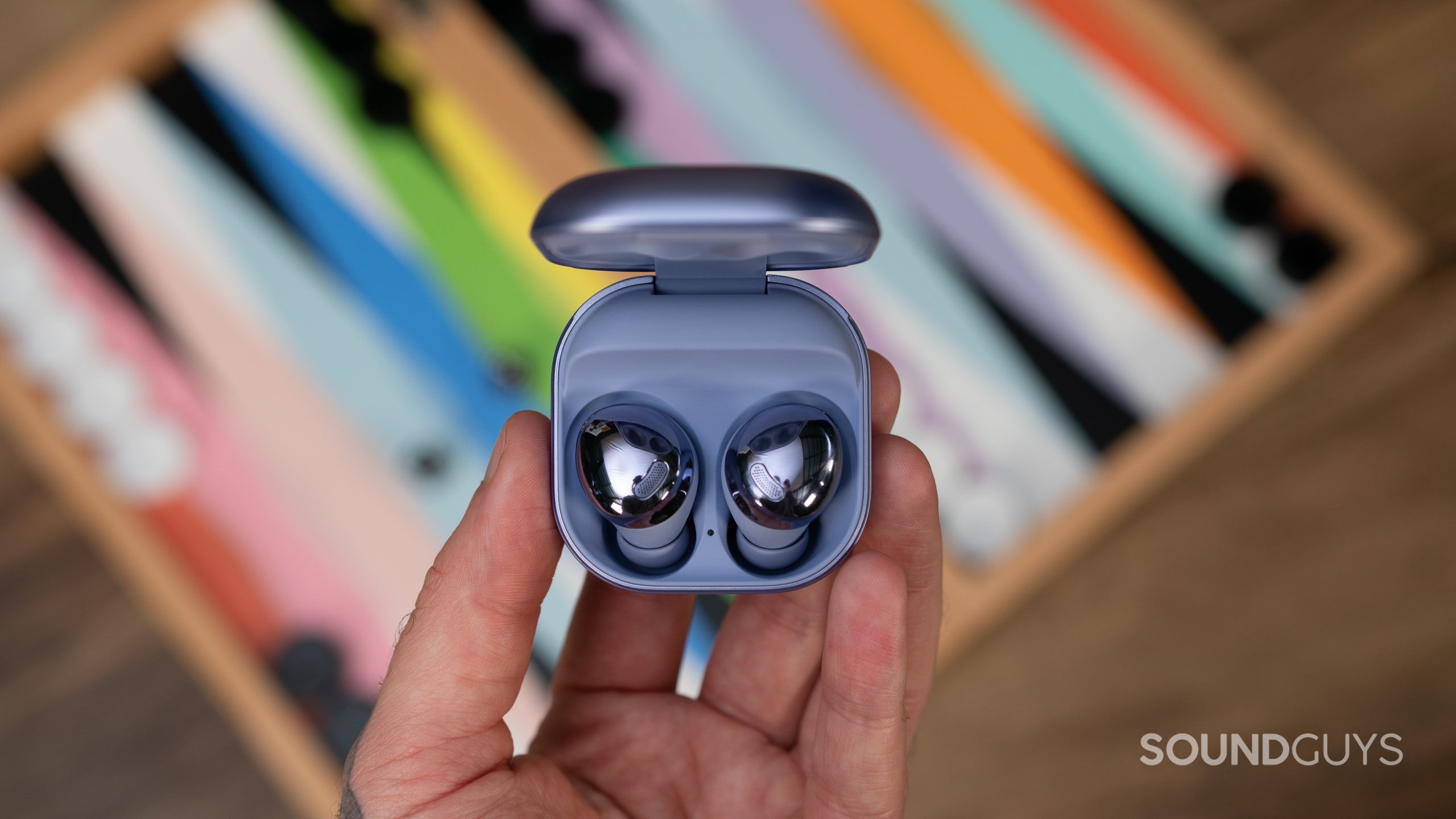
The Apple AirPods (2nd generation) and Samsung Galaxy Buds Pro both restrict features to their respective hardware. If you want immediate access to customization and own a Samsung phone, get the Samsung Galaxy Buds Pro. You can access Bixby with just your voice, enjoy Samsung 360 Audio, and more. Even if you have a non-Samsung smartphone, you can access firmware updates and useful features through the Galaxy Wearable app.
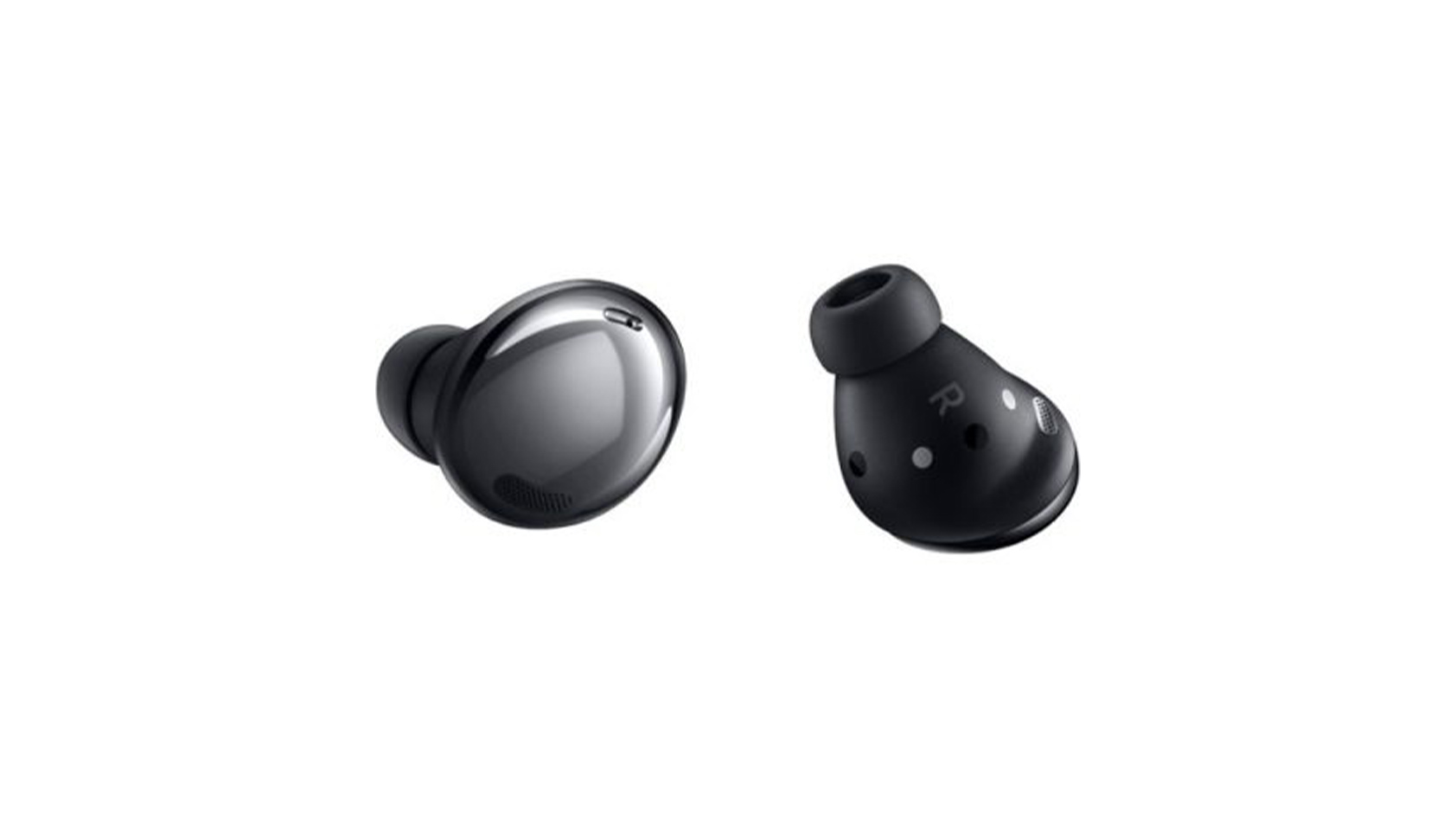
If you own an iPhone, the AirPods is the wiser earbuds to buy: your iPhone automatically receives updates for the AirPods, and you get hands-free access to Siri, among other things. Still, we recommend you save up for the AirPods Pro over the AirPods. The AirPods Pro seal to the ear, support Adaptive EQ, Spatial Audio, and more. Yes, the Pro variant is a bit pricier than the standard AirPods, but the expense is well worth it; plus, the AirPods Pro features an IPX4 rating whereas the AirPods lack an IP rating altogether.
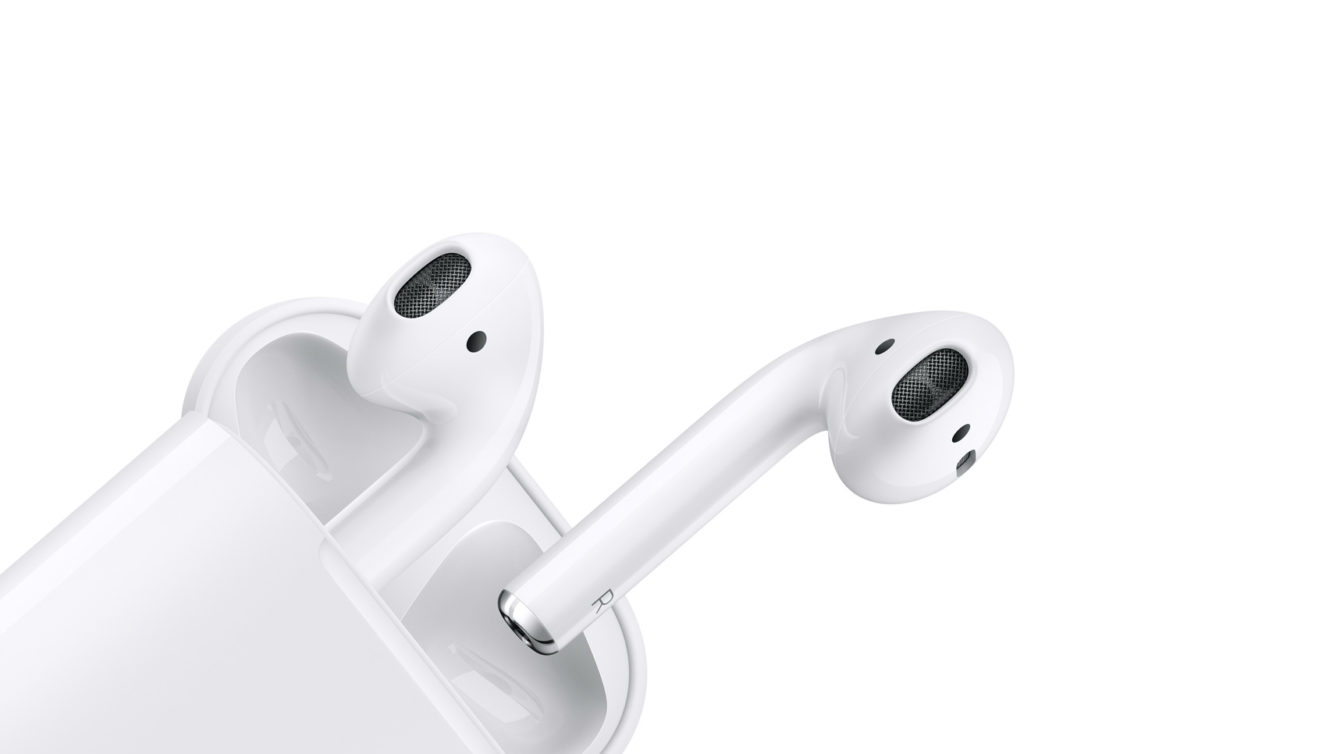
What should you get instead of the Apple AirPods (2nd generation) and Samsung Galaxy Buds Pro?
The Bose QuietComfort Earbuds features useful ANC, a sweat-resistant IPX4 rating, a comfortable fit, and good integration with both Apple and Android devices. These earphones are a great alternative, though a bit expensive.
If you want something with Microsoft 365 integration, pick up a pair of Microsoft Surface Earbuds. These earphones support SBC and aptX Bluetooth streaming and merit an IPX4 rating, so you can go for a run without worrying. The large, touch-sensitive panels are a bit polarizing design, so if you want to stick with something more traditional (and affordable), go with the Amazon Echo Buds (2nd Gen). These cost less than $150 USD, have very good noise canceling, an IPX4 rating, and the case fast charges the buds.
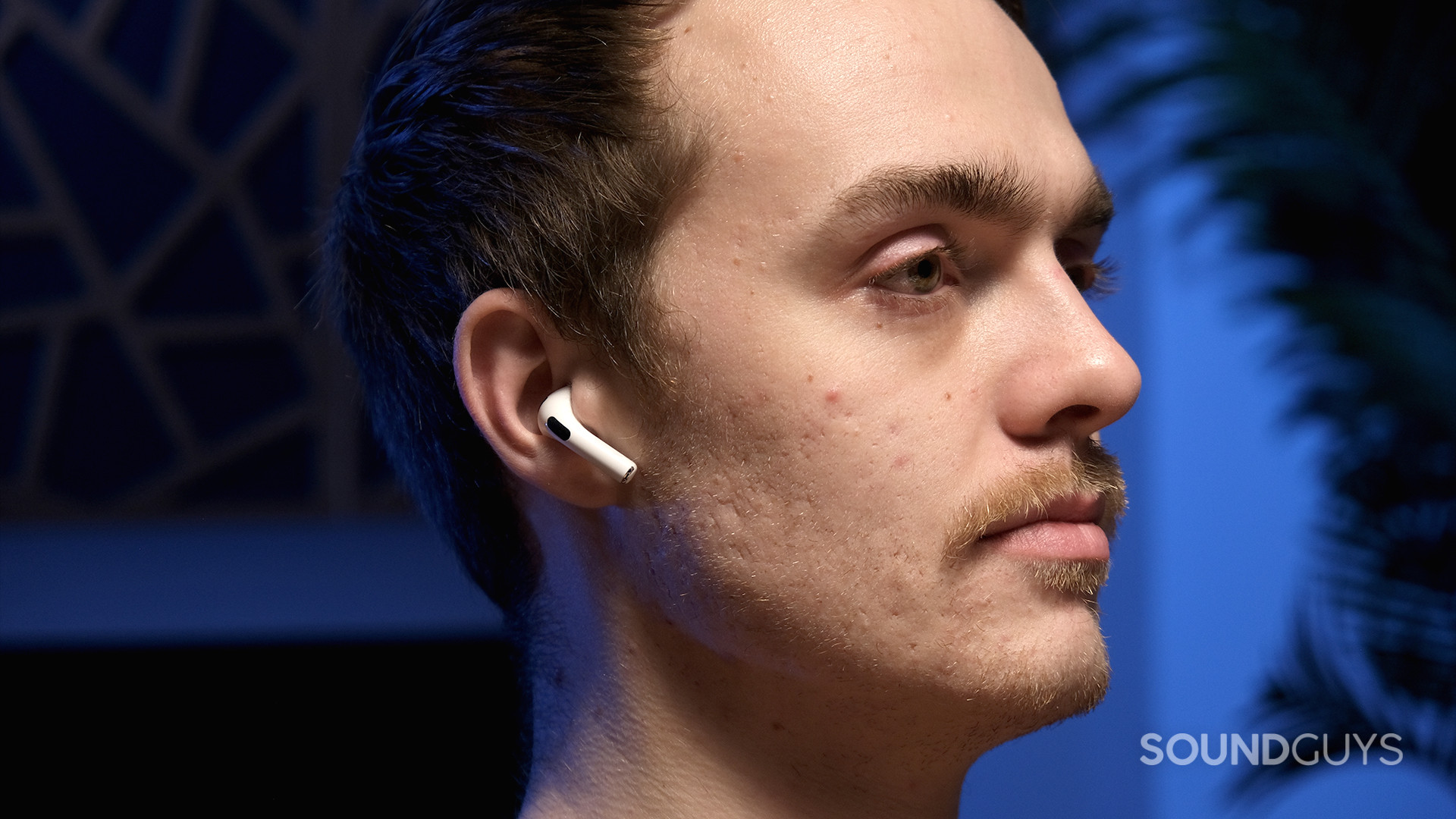
iPhone owners may be tempted to spring for the newer Apple AirPods (3rd generation), but unless you want to hear everything going on around you, we recommend something with better sound quality and isolation like the Beats Studio Buds and Apple AirPods Pro. The Studio Buds has ANC and works just as well on Android as it does on iOS.
Frequently asked questions about the Apple AirPods (2nd generation) and Samsung Galaxy Buds
The Apple AirPods (3rd generation) adds a more ergonomic and water-resistant build, spatial audio with head tracking, HD audio over Facetime calls, and MagSafe charging.
The Galaxy Buds Pro has slightly more features than the Galaxy Buds 2, such as IPX7 water-resistance, 360 Audio, and a better microphone.
The Samsung Galaxy Buds 2 Pro costs a pretty penny, but features many incremental improvements over previous generations of Samsung true wireless earbuds. Most importantly, these earbuds feature significantly improved noise canceling performance compared to the Galaxy Buds Pro.
Apple users should certainly consider spending the extra money to get the AirPods Pro (2nd generation). With improved performance compared to the original AirPods Pro, and significantly better performance than the regular AirPods, these earbuds are an obvious choice for Apple users.